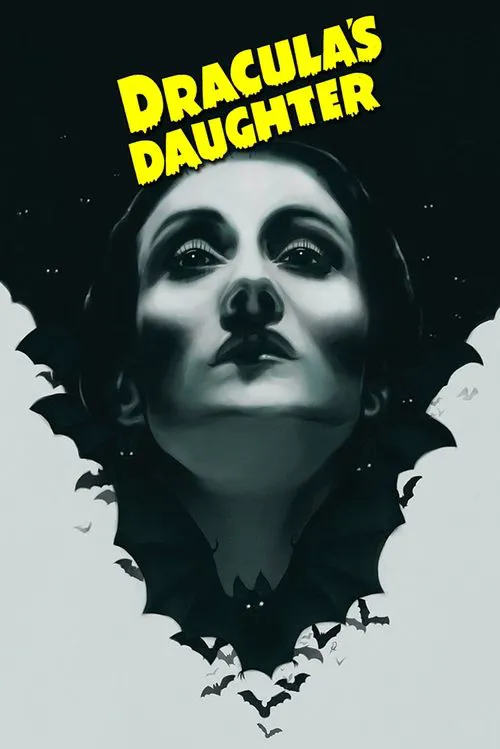Dracula's Daughter

Plot
In the 1936 film Dracula's Daughter, directed by Lambert Hillyer, the movie revolves around Countess Marya Zaleska, the daughter of the infamous vampire Count Dracula. The film is part of the popular Universal Monsters series and explores themes of vampirism, psychiatry, and redemption. Countess Marya, played by Gloria Holden, is introduced as a seductive and mysterious woman living in London. She is plagued by her father's affliction, struggling with her own vampiric cravings. The cravings are intense and all-consuming, making her desire human blood. She seeks help from a local psychiatrist, Dr. Jeffrey Garth, played by Otto Kruger, whom she believes can cure her of her vampiric condition. As the story unfolds, the film delves into Marya's troubled past and her relationship with her father. We learn that Marya has grown tired of living a life of immortality, devoid of human emotions and experiences. Her father, Count Dracula, represents a malevolent force, exerting a hold on her through his dark will. Marya's desire to break free from her father's grasp serves as the primary motivation for her seek the psychiatrist's help. The psychiatrist, Dr. Garth, is portrayed as an intelligent and caring individual who genuinely desires to help Marya overcome her condition. He is initially skeptical of Marya's story but eventually convinces her to undergo treatment. Throughout their therapy sessions, Marya begins to open up to Dr. Garth about her past and her struggles with vampirism. However, the lines between reality and fantasy become blurred, making it difficult for the audience to distinguish between Marya's true nature and her psychological problems. This subtle approach to character development adds a layer of mystery to Marya's character, drawing the audience into her world. As Marya progresses in her therapy, she begins to experience intense emotional fluctuations, shifting between episodes of tenderness and brutal vampiric attacks. Her struggles with her darker tendencies serve as a catalyst for self-discovery, as she grapples with the duality of her nature. Meanwhile, rumors spread about a vampire stalking the streets of London, and a group of vigilantes forms to hunt down the creature. As Marya becomes increasingly entangled in the hunt, her dual nature is tested, and she is forced to confront the reality of her own existence. In the climactic final scene, Marya's psychiatrist helps her to understand that her vampirism is not a curse, but rather a product of her own mind. Her psyche is haunted by the trauma of her father's death and the influence of his malevolent presence. In the end, Marya's transformation is a testament to human resilience and the capacity for redemption. With the help of Dr. Garth, she learns to control her vampiric urges and to integrate her dual nature, finding a sense of peace and acceptance. While not a traditional horror film, Dracula's Daughter presents a captivating narrative that combines elements of drama, mystery, and the supernatural, all centered around the complex and enigmatic character of Countess Marya Zaleska. Dracula's Daughter showcases Gloria Holden's remarkable performance as the titular character, bringing depth and nuance to the portrayal of a vampire unlike many others that had been seen on screen at that time. In the end, it is Marya's ability to confront the darkness within and seek acceptance that allows the film to conclude on an unexpectedly hopeful note, leaving the audience with a memorable and captivating cinematic experience.
Reviews
Recommendations




